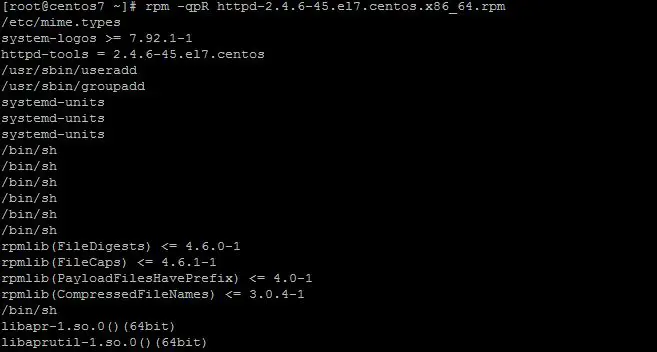
 The metadata, including version, name, and Source0 you can use variables or macros. A practical introduction to container terminology. For example, try out jdu (a simpler version of the du command that prints the results in JSON format): $ LD_LIBRARY_PATH=$PWD $PWD/jdu / Then you can run any of the generated programs. rwxrwxr-x 1 josevnz josevnz 29024 Oct 3 16:40 libjdumpertools.so rwxrwxr-x 1 josevnz josevnz 32752 Oct 3 16:40 jutmp rwxrwxr-x 1 josevnz josevnz 32728 Oct 3 16:40 jdu
The metadata, including version, name, and Source0 you can use variables or macros. A practical introduction to container terminology. For example, try out jdu (a simpler version of the du command that prints the results in JSON format): $ LD_LIBRARY_PATH=$PWD $PWD/jdu / Then you can run any of the generated programs. rwxrwxr-x 1 josevnz josevnz 29024 Oct 3 16:40 libjdumpertools.so rwxrwxr-x 1 josevnz josevnz 32752 Oct 3 16:40 jutmp rwxrwxr-x 1 josevnz josevnz 32728 Oct 3 16:40 jdu 
On your Linux terminal, clone jdumpertools and then compile it (you have installed Make and the GCC compiler, right?): $ git clone cd jdumpertools This article uses a small open source project called jdumpertools for this step. Make gcc-10 java-11-openjdk-headless git Package your own software using RPM To install Make, GCC, Java 11, and Git using the DNF package manager, run: $ sudo dnf install \ It's not required, but it would be nice if you practice as I move along.
You have Make, Git, GCC, and Java installed, as you'll need them to complete the exercises included here. If not, get familiar with these concepts first and then come back here for some fun. You have basic knowledge of how to use RPM to query packages and install or delete packages. In a follow-up article, I'll explain how to package third-party applications that do not have an RPM package, or if they do, you want to customize it. 
This article shows you how to determine how to compile and package your own native application for distribution. I will also use two more complex examples and identify a few problems you may discover when packaging native applications. I will repeat some of the same concepts here and illustrate a few issues you may find along the way. Hopefully, you've had a chance to read Valentin Bajrami's article on the same subject.
How well do you know Linux? Take a quiz and get a badge. Linux system administration skills assessment. A guide to installing applications on Linux. Download RHEL 9 at no charge through the Red Hat Developer program.







 0 kommentar(er)
0 kommentar(er)
